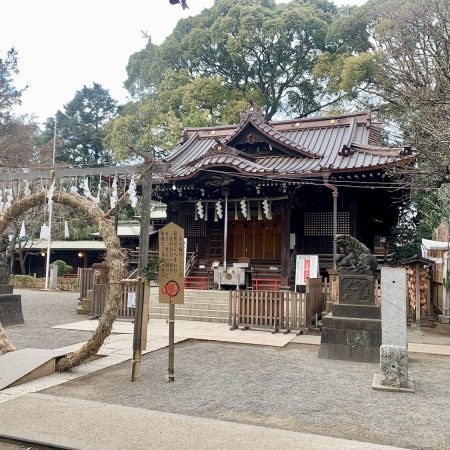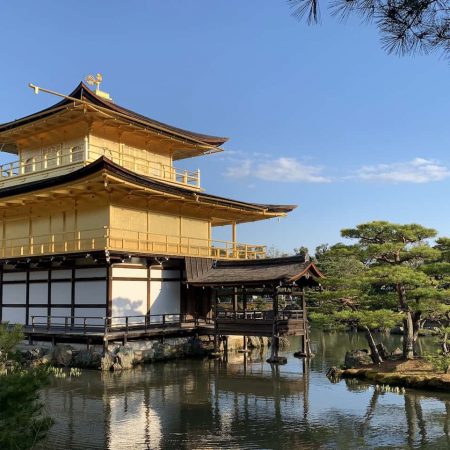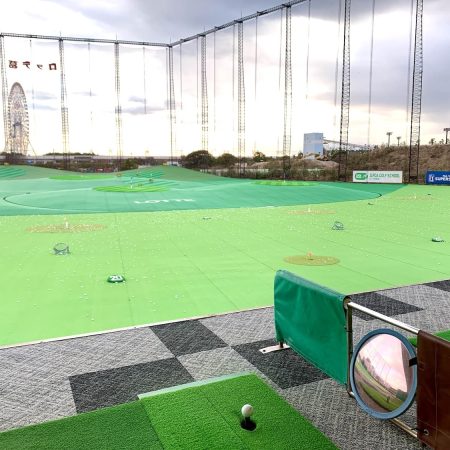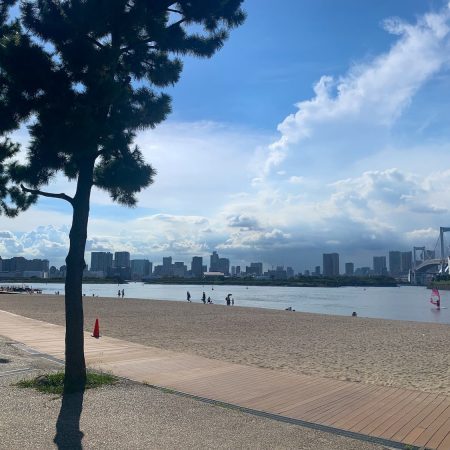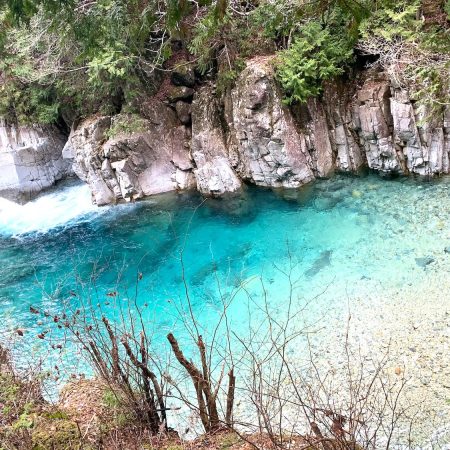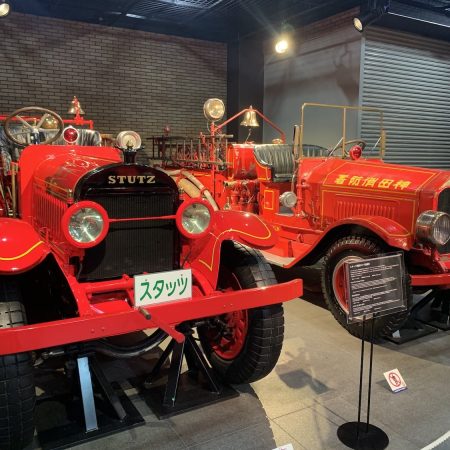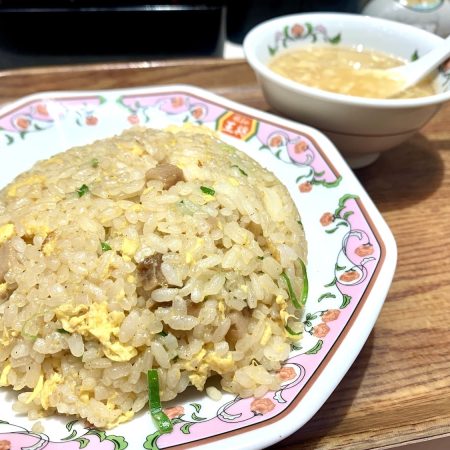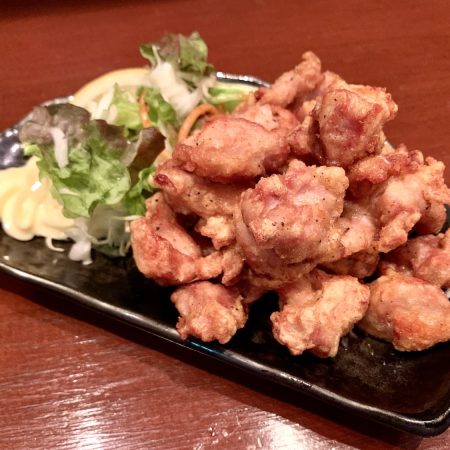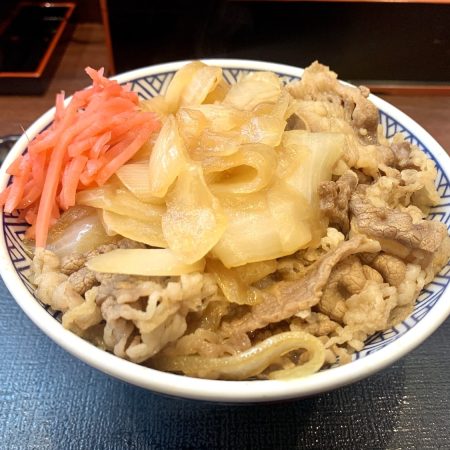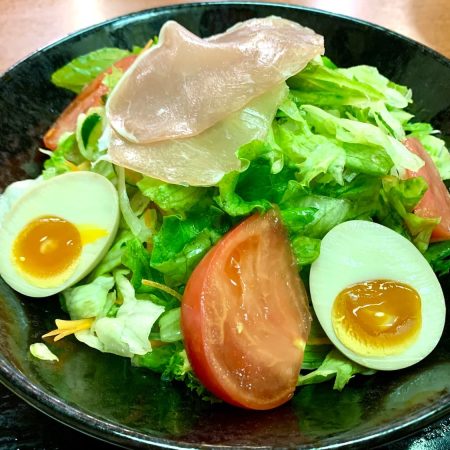Tokyo’s Serene Oasis Known for Lush Greenery and Historical Significance
In the heart of Tokyo’s bustling city, there lies a serene oasis that is sure to captivate the hearts of all who visit. Meiji Jingu, a Shinto shrine built to honor Emperor Meiji and Empress Shoken, is a cultural treasure trove that offers a glimpse into Japan’s past and present.
As you step into Meiji Jingu, you will be transported to a world where tradition meets modernity, and nature coexists with urbanization. The shrine, completed in 1920, was destroyed during World War II but was rebuilt in 1958 with the help of countless volunteers who wanted to preserve its rich cultural heritage.
The shrine’s lush forest covering 700,000 square meters creates a stark contrast to the concrete jungle of Tokyo, making it a peaceful haven for those seeking respite from the city’s chaos. You can explore the inner garden with its blooming irises and a well dug by a military commander 400 years ago or visit the museum within the shrine that displays personal belongings of the emperor and empress, and the carriage that the emperor rode to the formal declaration of the Meiji Constitution in 1889.
The Meiji Jingu is divided into two main areas: Naien and Gaien. The inner precinct, Naien, features the shrine buildings, the Treasure Museum, and gardens and forests. The outer precinct, Gaien, includes the Meiji Memorial Picture Gallery, the National Stadium, and the Meiji Memorial Hall, a popular venue for meetings and weddings.
At the main hall of Meiji Jingu, visitors can make offerings, buy charms and amulets, or write their wishes on wooden plaques called ema. It is also the site of traditional Shinto weddings that take place throughout the year. The shrine hosts various festivals and ceremonies, such as New Year’s prayers, spring and autumn grand festivals, and shinto rites, allowing visitors to witness and partake in Japan’s rich cultural heritage.
Meiji Jingu is more than just a tourist spot; it is a significant part of Japanese culture. It commemorates the emperor and empress, who are regarded as the founders of modern Japan, promoting cultural exchange and modernization. It also preserves the ancient Shinto traditions and rituals that are a part of Japan’s spiritual heritage, making it an essential cultural landmark for the country.
If you’re planning to visit Tokyo, a trip to Meiji Jingu is a must-do. It is one of Japan’s most visited shrines, with over three million people flocking to it for their first prayers during the New Year. The shrine is also a popular spot for photography, especially during the autumn when the leaves change color, making it a breathtaking sight.
To reach Meiji Jingu, take the JR Yamanote Line to Harajuku Station or Yoyogi Station, both of which are a 10-minute walk from the southern and northern entrance of the shrine, respectively. Alternatively, you can take the Tokyo Metro Chiyoda Line or Fukutoshin Line to Meiji-jingumae Station, which is closer to the southern entrance. Visit Meiji Jingu and immerse yourself in Japan’s rich culture and history. With so much to explore and discover, Meiji Jingu is a must-visit destination for anyone seeking to experience the beauty and wonder of Japan’s cultural heritage.


